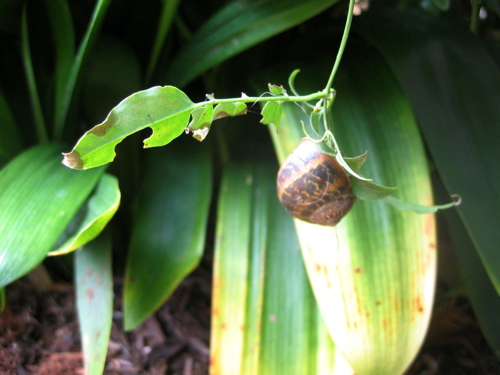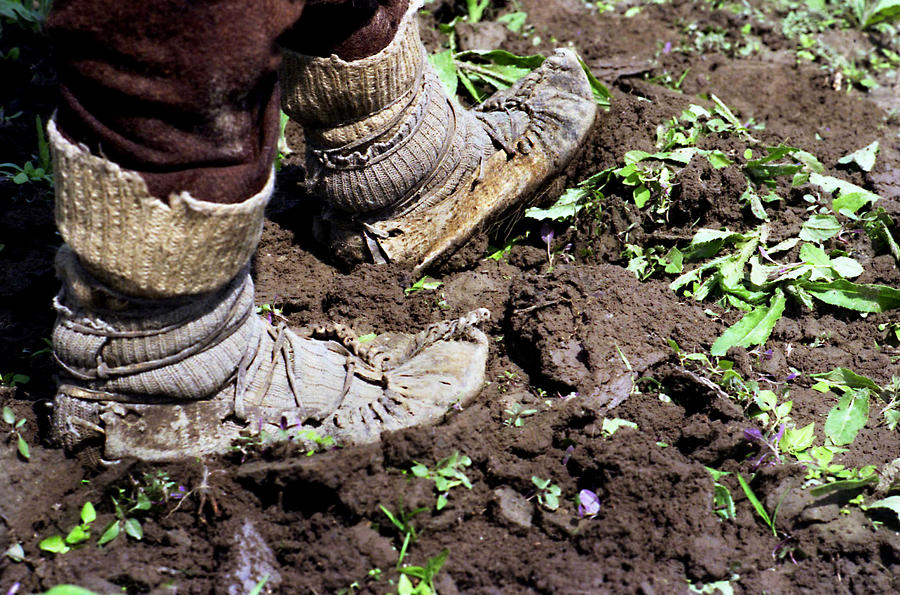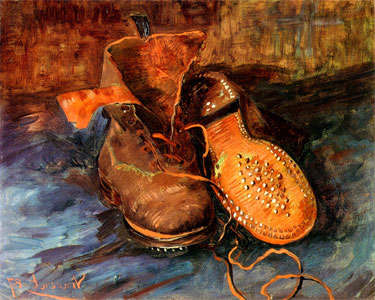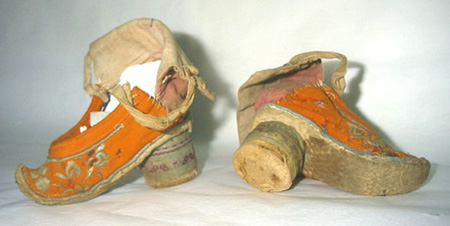In June of 2002, at the Reverie, I met a very beautiful, young woman, who reminded me in wit, style and mien of my first love. On her table at the cafe, she had a copy of “The Origin of Consciousness in the Breakdown of the Bicameral Mind,” which she was reading for fun. I will not mention her name here because she is the sort of person who has just deleted all her flickr and Facebook accounts. I respect her privacy. All I can say is that for this month, she was my muse.

We went to the SF MoMA to see the Yoko Ono Exhibit. At the time I was trying to find work as a writer, and hoped that building my portfolio through art reviews in print would work.
For this review, I would write about our date, which got published in a small zine called H2SO4 (defunct).
We both liked the chess board with only white pieces which forced you to imagine peace.
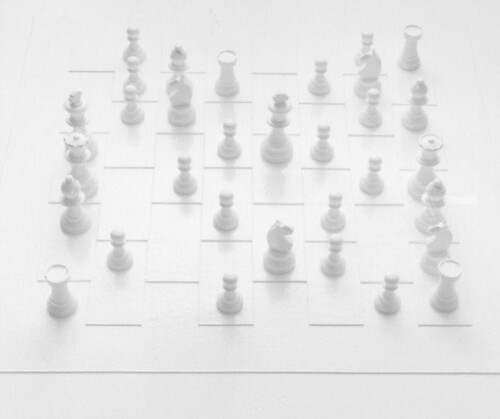
Books: The Origins of Consciousness in the Bicameral Mind
Art: The Yoko Ono Exhibit at the SF MoMA in 2002
Another wonderful thing happened. I got to do my first poetry reading at the Van Der Zanden Studio in Berkeley. The poems now seem naive, but here’s one:
Nothing like the coast
To tie the land and the sea,
To manage the soil's daily greed...
To greet the pounding
the sounding
The rush, crush, crash and fall for every wave.
Far away from the coast
There is no in
Between.
Everything
That can be thought
Defeated sinks so easily.
The coast remembers everything,
Who has drowned, or been floundered,
Saved.
Yet it has no permanent measure
Like an ever shifting interpretation of an ancient myth
Sung new.
Morning and evening tide.
Also, my pals, Sam and Ani, who met at the Reverie, got married on the 15th. I helped them clear out a Rose Bush from Ani’s mother’s backyard, where the wedding was held. They both co-founded an Internet App business that is still around called Radical Fusion.
top photo: Spinoza’s Coat holding copies of Plato’s Timaeus
bottom photo: Yoko Ono’s White Chess Set


